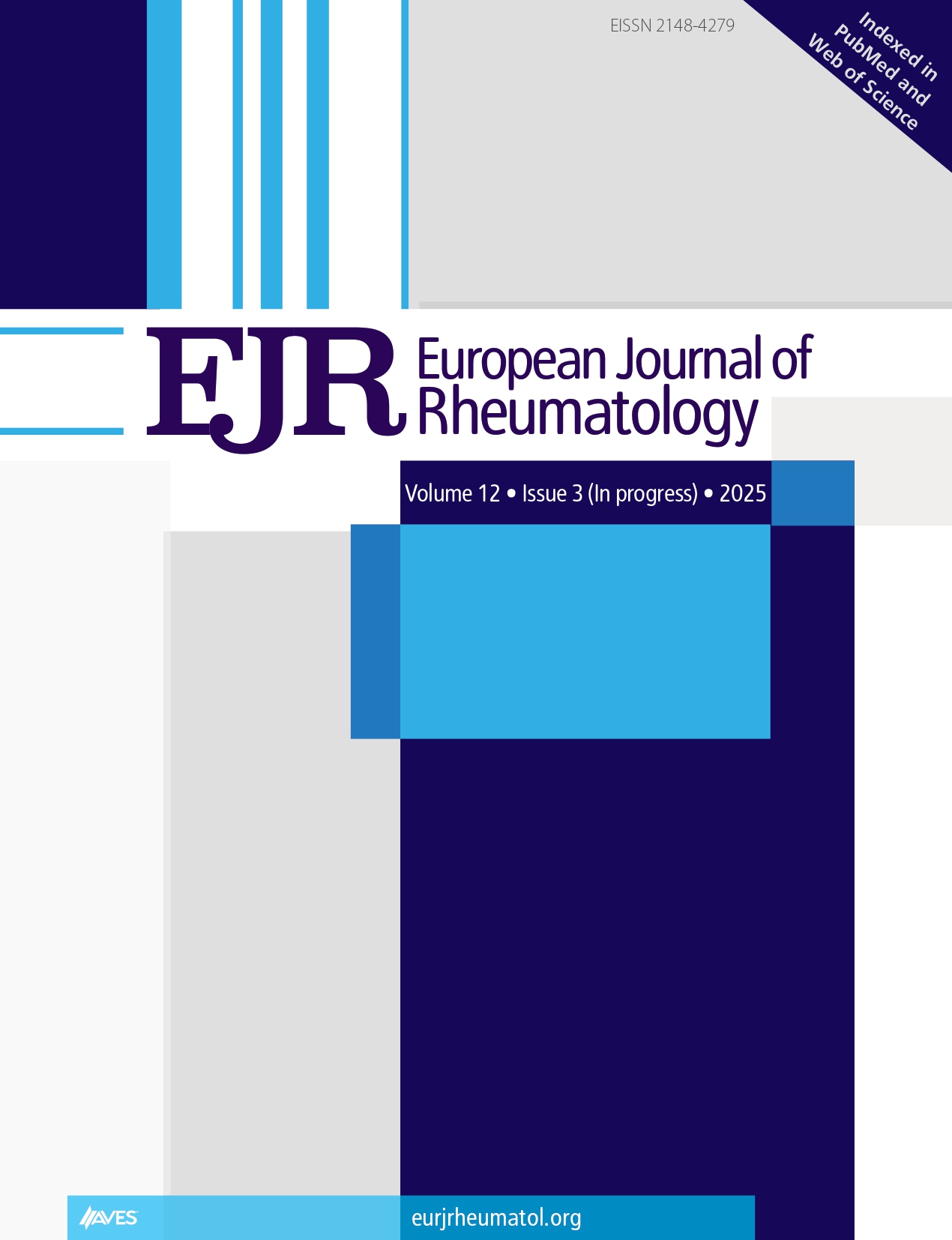
Aseptic Abscess Associated with Ankylosing Spondylitis—Cause or Effect of Therapy? Case Report
Main Article Content
Abstract
Neutrophil dermatitis is a group of diseases characterized by the leakage of neutrophils in the skin and subcutaneous tissue with a non-infectious, autoinflammatory etiology. These include the aseptic abscess syndrome (AA). Diagnosis is based on histopathological examination and the exclusion of infectious, allergic, and cancer causes. The paper presents the case of a 41-year-old woman with inflammatory spondyloarthropathy (HLA-B27 antigen present), treated with secukinumab, who developed a painful, inflammatory tumor in her right breast. Antibiotic treatment was ineffective, and histopathological examination detected leaching mainly from granulocytes. Infectious and oncological background changes and IgG4+ disease were excluded. After the diagnosis was confirmed, glucocorticoid therapy was started, which brought rapid improvement, but after the dose was reduced, the tumor relapsed. The re-escalation of the steroid dose and the discontinuation of secukinumab coincided with the exacerbation of ankylosing spondylitis, which forced the inclusion of upadacitinib, which was effective and well tolerated. Single studies show high efficacy of TNF inhibitors as well as IL-6 or IL-1 blockades in the treatment of AA and secondary prevention in patients with failed steroid therapy. There are no reports of AA cases in the literature during treatment with secukinumab. Treatment with upadacitinib has so far not caused AA recurrence.
Cite this article as: Borowy P, Urbański K, Gołojuch K, et al. Aseptic abscess associated with ankylosing spondylitis—cause or effect of therapy? Case report.Eur J Rheumatol. 2025, 12(3), 0079, doi:10.5152/eurjrheum.2025.24079.

